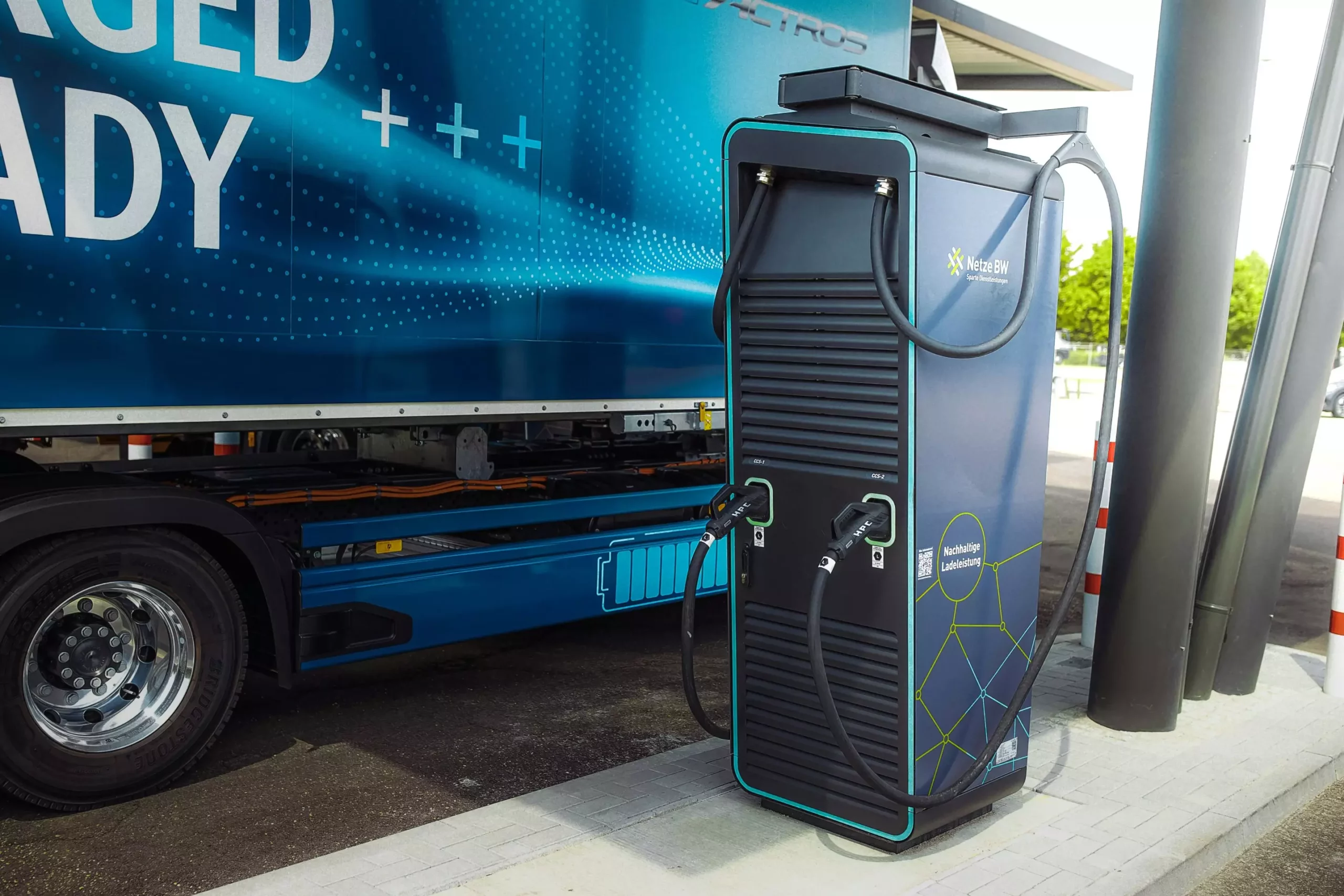Australia is facing a critical challenge when it comes to transport emissions. As the third-largest and fastest-growing source of emissions in the country, accounting for 23% of the total emissions, transportation is expected to become the leading source of emissions by 2030 if no intervention takes place. The numbers are alarming, with transport emissions increasing by 3.6% from 2022 to 2023. Particularly, on-road diesel vehicles, which dominate the freight sector, saw an increase of 3.7%. Moreover, the growth rate of diesel vehicles has far exceeded that of petrol vehicles, with an 84% surge since 2014 compared to just 5% for petrol vehicles.
One of the most effective ways to combat these rising emissions in the transport sector is through vehicle electrification. While it is a relatively straightforward process for cars, the challenge intensifies when it comes to trucks. Research in Australia has been focusing on ways to decarbonize trucks, evaluating the lifecycle emissions of low-emission trucks, particularly electric and hydrogen trucks. The comparison revealed that electric trucks offer a faster and more efficient solution to meet the emission reduction targets. In some instances, hydrogen trucks exhibited emissions intensity that was two to three times higher than that of electric trucks, making them less favorable in the race to decarbonize road freight rapidly.
When comparing electric and hydrogen trucks, it is crucial to consider the full lifecycle emissions to gauge their overall carbon footprints accurately. Electric trucks rely on batteries charged directly from a power source, with lower emissions associated with cleaner electricity sources. On the other hand, hydrogen trucks have smaller batteries and use fuel cells powered by hydrogen to produce electricity for driving, which results in significant emissions due to the current hydrogen production methods. The majority of hydrogen production globally comes from coal or natural gas, contributing to substantial emissions. While renewable sources can be utilized for hydrogen production through electrolysis, the process involves multiple energy-intensive steps, leading to energy losses and higher costs.
A comprehensive analysis was conducted to evaluate the lifecycle emissions for freight trucks based on various scenarios of renewable energy adoption and energy mixes. The scenarios ranged from fossil fuel-dominated to fully renewable options, incorporating different ratios of diesel, electric, and hydrogen trucks. The results emphasized that scenarios with high rates of renewable energy adoption could significantly reduce emissions. In a fully renewable scenario with a mix of electric and hydrogen trucks, freight emissions could drop by as much as 76%. Notably, hydrogen trucks consistently exhibited higher lifecycle emissions intensity when compared to electric trucks across all scenarios, underlining the challenges associated with manufacturing, maintenance, and disposal emissions.
Despite the benefits of low-emission trucks, there are hurdles that hinder their widespread adoption in the trucking industry. A survey conducted among trucking organizations revealed that a significant percentage of participants had a limited understanding of electric and hydrogen trucks. Additionally, concerns such as the high purchase costs, total ownership expenses, and the lack of supporting infrastructure deterred operators from transitioning to low-emission vehicles. Only a small fraction of participants were prepared to absorb the higher upfront costs, citing customer willingness to pay and infrastructure inadequacy as additional obstacles.
To accelerate the shift towards low-emission trucks and mitigate the challenges faced by the industry, a combination of industry interventions and policies is essential. Global investments in truck manufacturing can lead to the availability of more suitable and cost-effective models, while stringent emission standards, infrastructure development, and incentives like subsidies can facilitate the transition. Addressing uncertainties regarding the performance and costs of low-emission trucks through independent trials and knowledge sharing is crucial in boosting confidence among operators and policymakers. Furthermore, a holistic approach that includes demand management, modal shift to rail, and optimization of freight distribution is vital to achieving substantial emissions reductions across the transport sector.
Decarbonizing road freight in Australia is a complex yet critical endeavor that requires concerted efforts from various stakeholders. By embracing sustainable technologies, implementing supportive policies, and fostering industry collaboration, Australia can make significant strides towards reducing transport emissions and achieving its emission targets.


Leave a Reply